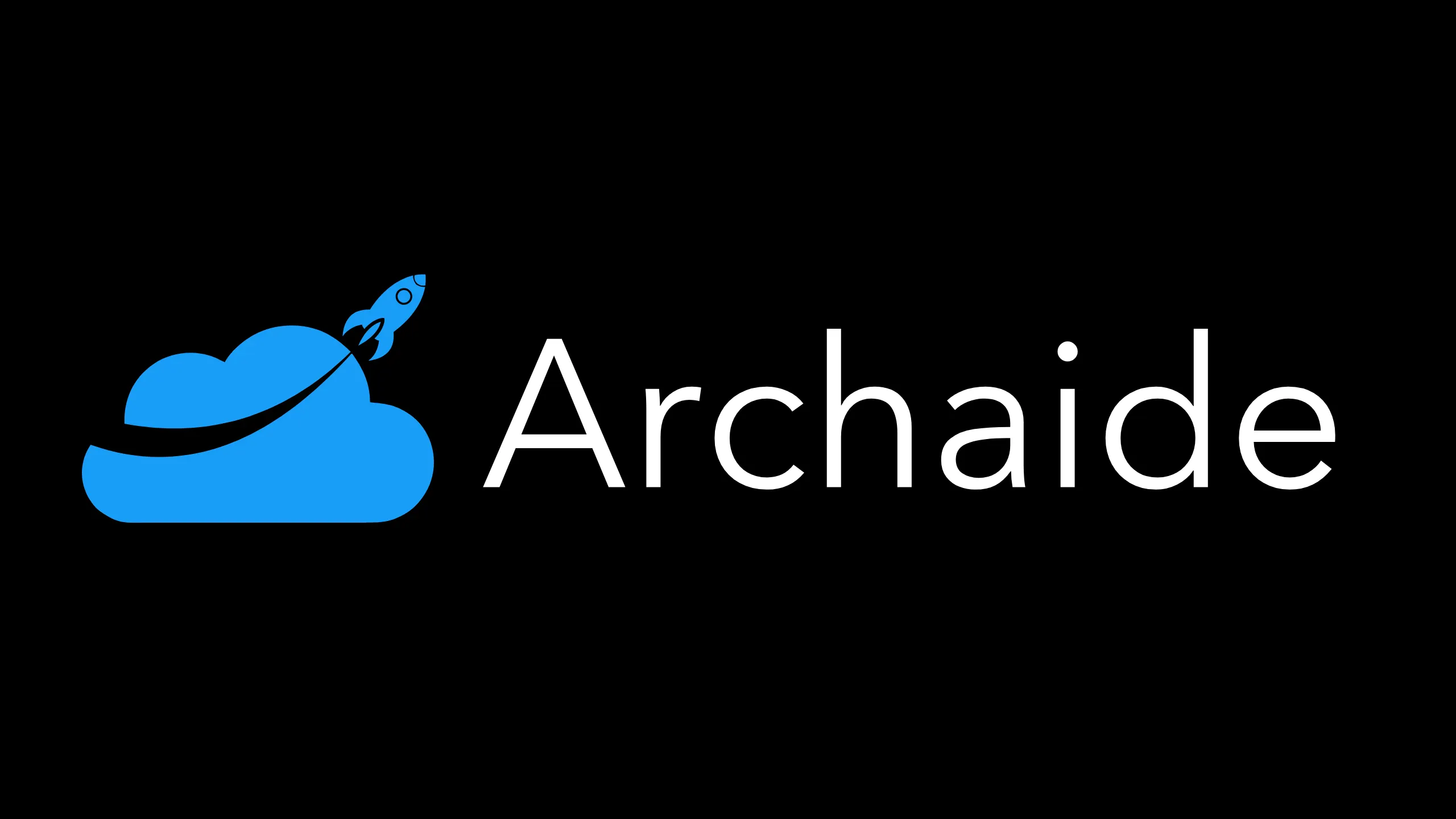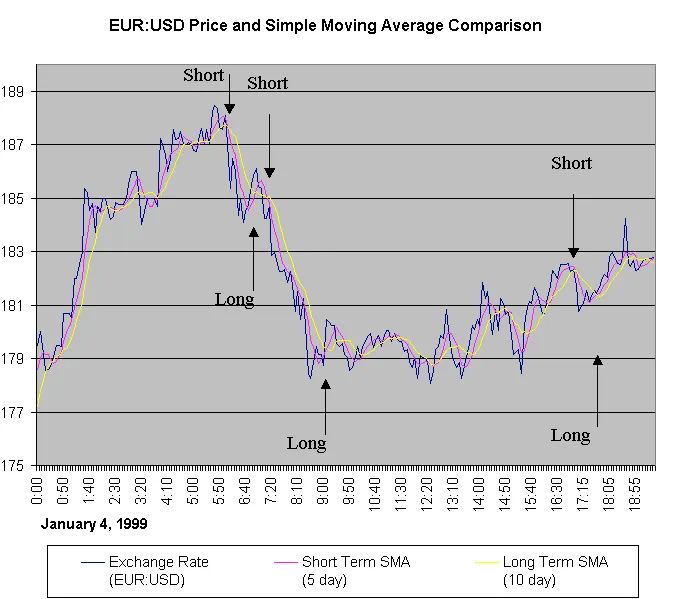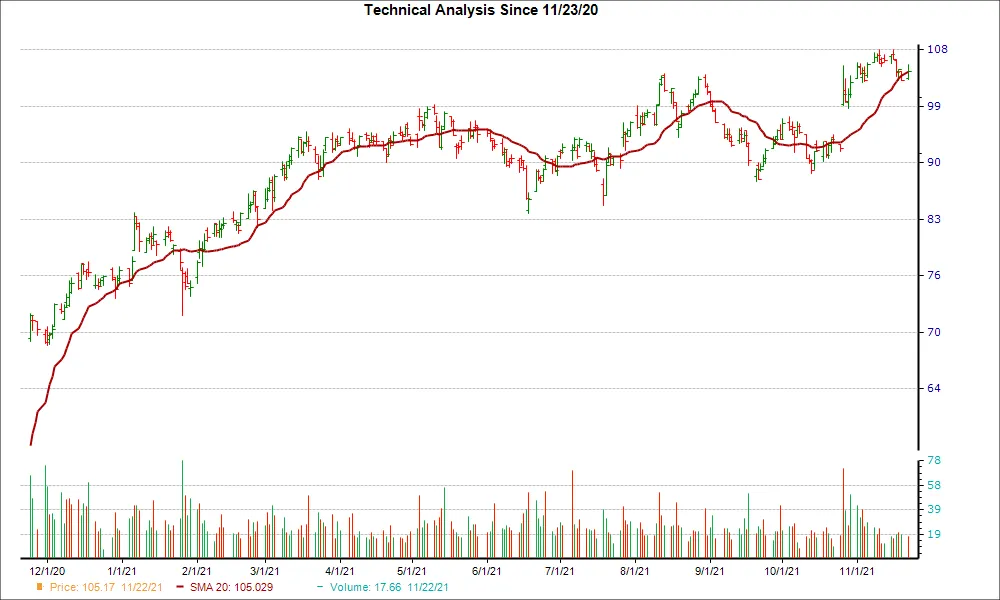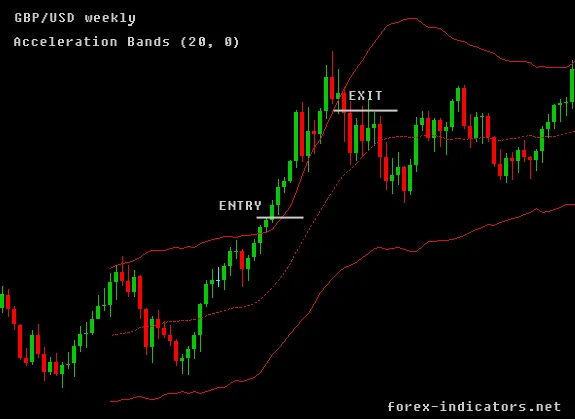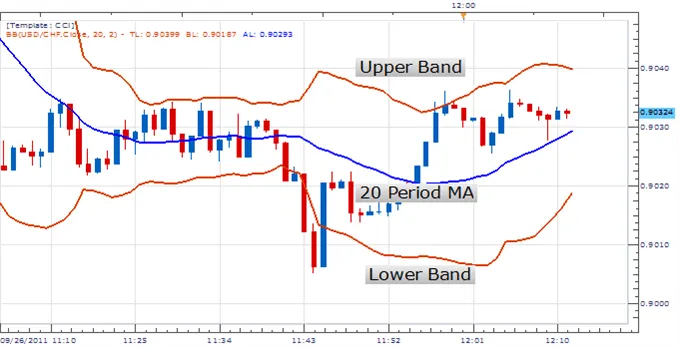Flag Pattern
By Samantha Baltodano
Trading is all about finding patterns and making smart predictions based on those patterns. One type of pattern is called the Flag pattern, and it's a great tool for traders to use when analyzing market trends.
The Flag pattern is a channel that appears after a steep trend in the opposite direction.
For example, if the market has been trending upwards, the Flag pattern will have a downward slope. If the market has been trending downwards, the Flag pattern will have an upward slope.
This preceding trend is called a flag pole and is crucial for the pattern formation.
The slope of the preceding trend is somewhat controversial, with some traders preferring it to be very steep, while others prefer a slope of 45 degrees.
The channel that develops in the Flag is relatively small, which means that price action in it is almost immediate compared to other patterns. It usually takes several days to a couple of weeks for the Flag to be completed.
Breakouts can happen in both directions, but virtually all Flags are continuation patterns. This means that Flags in an uptrend are expected to break out upward, and those in a downtrend are expected to break out downward.
Flag performance strongly depends on the initial price change as defined by the flag pole. Those with a price change of more than 90% show a strong directional trend. Volume is usually heavy at the pole but declines throughout the formation.
Using the Flag pattern, traders can make smart predictions about market trends and adjust their trades accordingly. It's important to remember that no pattern is foolproof, and traders should always use multiple tools and strategies when analyzing the market. With a little practice, however, the Flag pattern can be a valuable addition to any trader's toolkit.
Like what you read? Check out the rest of our content!
